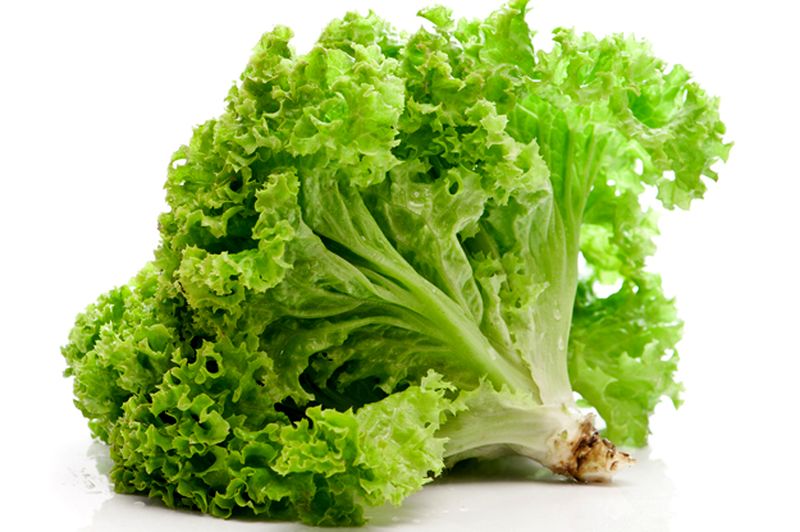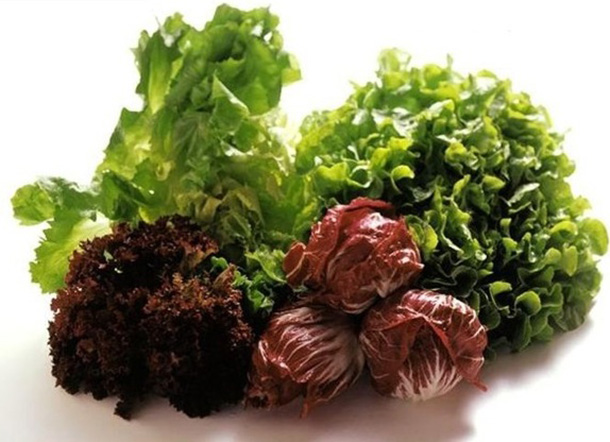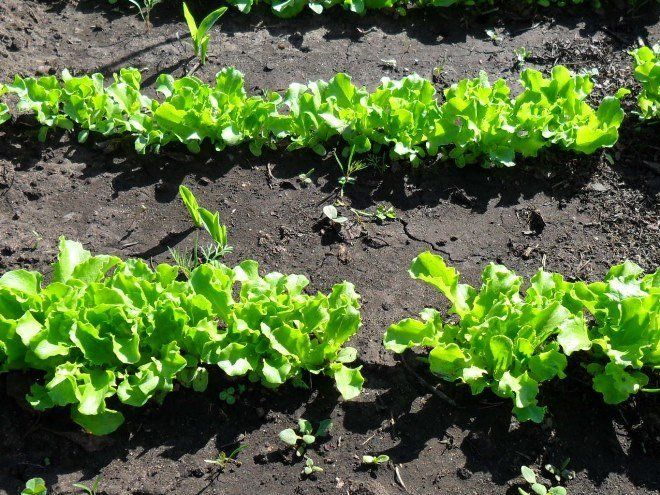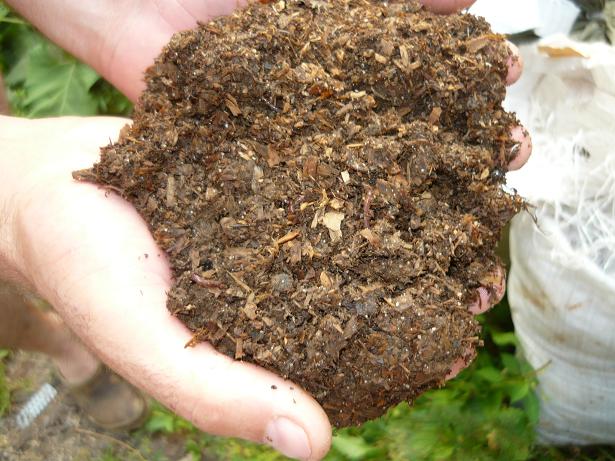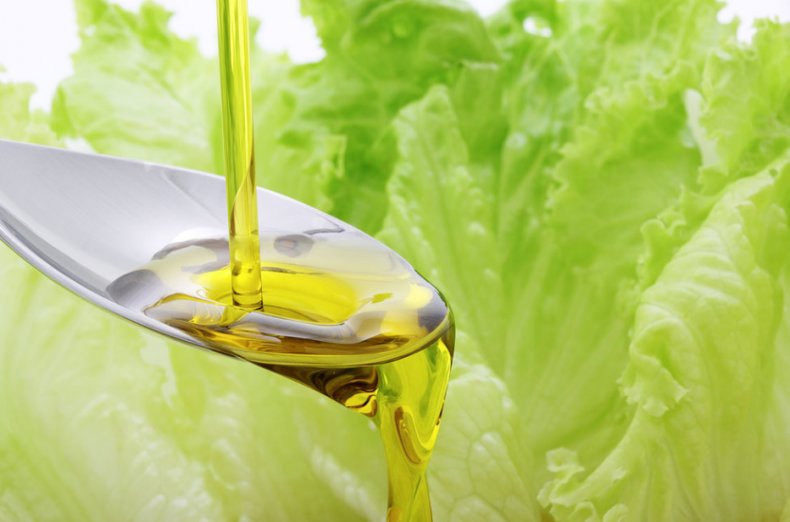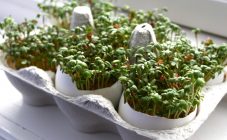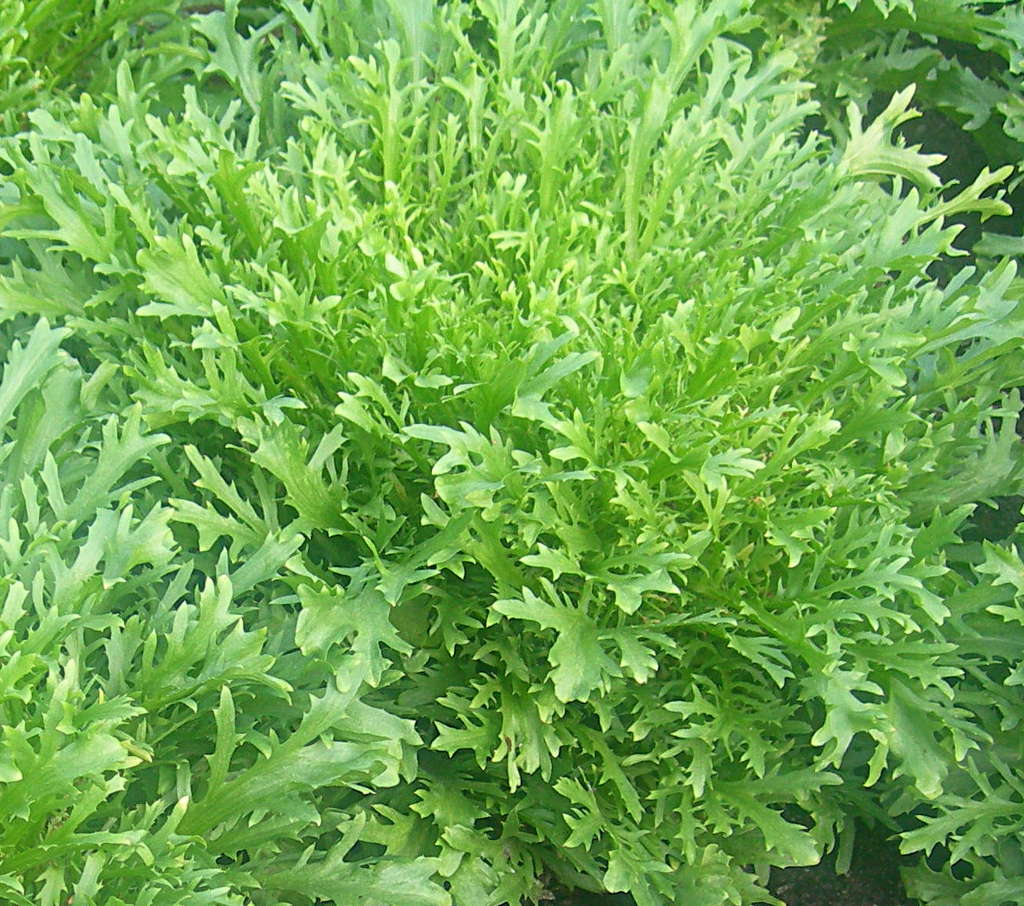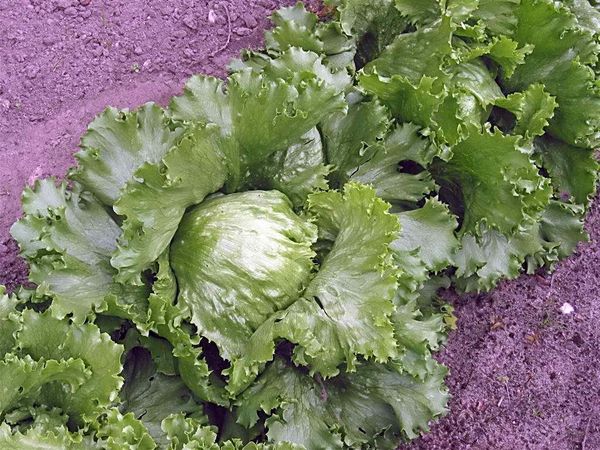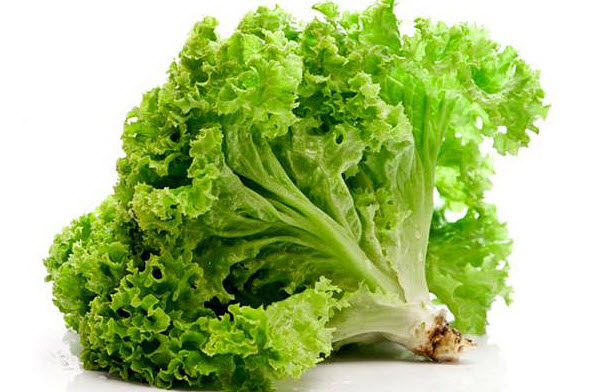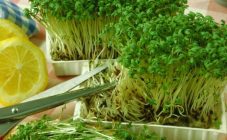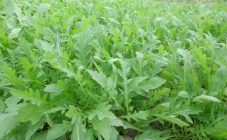Lettuce is a delicious and healthy vegetable that is the main ingredient in many dishes. It contains a large amount of vitamins and trace elements, therefore it is not at all surprising that this vegetable is often planted in personal plots.
Description of culture
Lettuce belongs to the Astrov family. The distribution area of this culture is quite wide - the plant grows all over the world. As a rule, most people do not have the question of what Latuk is. Wild lettuce varieties can grow on dry or wet soils. In total, the genus includes about 150 types of lettuce, of which the most common are lettuce and lettuce.
The crop is currently grown commercially and sold in many countries.
Answering the question, what is lettuce, it should be noted that we are talking about an annual plant belonging to the Asteraceae family and representing a green vegetable crop. The homeland of the plant, despite its wide geographical distribution, is considered the Mediterranean.
Lettuce has a taproot and an erect stem. Basal lettuce leaves are formed into a rosette. The leaves themselves are sessile, they can be whole or dissected. The color can range from light to dark green. Some varieties even have a red tint. The culture blooms with small yellow flowers, collected in an inflorescence, resembling a basket in shape.
The fruit of lettuce of any variety is a silvery-gray achene. The seeds of a green vegetable are very small, capable of maintaining germination for at least three years.
Like head lettuce, lettuce loves sun and warmth. In order for it to grow well, the temperature must be from +16 to +20 degrees.
To successfully grow popular greens, you should carefully monitor the moisture content in the soil. If the ground is too dry, and the weather is hot, the plant will throw out a peduncle earlier than expected.
All Letuka varieties can be divided into summer and autumn-winter varieties. According to the variety, the salad is divided into leaf, cabbage and a variety, like the Romaine variety (intermediate version).
Growing a green vegetable will not be difficult. He is unpretentious in care. So, even an inexperienced gardener who is just beginning to discover concepts such as a farm and a vegetable garden will be able to cope with the task.
Features of agricultural technology
Having figured out what it is with lettuce, it's time to figure out how the cultivation of a green vegetable takes place, the benefits of which are undeniable.
Planting lettuce Lettuce is best done on sandy loam or loamy non-acidic soil. If the acidity of the soil is high, it is recommended to treat it with dolomite flour. You should not fertilize the future bed in advance.
For planting, ordinary beds are formed with grooves, a depth of 1.5 to 2 centimeters and a distance of about 20 centimeters between them. The planting density should look like this: no more than 30 seeds are sown per linear meter of the plot.
Lettuce has a high cold-resistance index; it can be sown in April, when slight frosts on the soil are still possible. But, to be on the safe side, it is recommended to cover the bed with plastic wrap for the first time.
If sowing is carried out in summer, a good harvest may not be expected. All the plant's strength will go to flowering and stem formation. Foliage will not grow very well.
Caring for lettuce salad is not particularly difficult. It is enough for him to provide regular and abundant watering, weed as weeds grow, periodically loosen the soil and thin out the plants.
When thinning the crop bed for the first time, gaps of the order of three to four centimeters should be left between the plants. Sick and weakened specimens are subject to removal. For the second thinning, the distance between the Lettuce instances must be increased. For lettuce it is about 10-12 centimeters. Those specimens that will be removed during this thinning are allowed to be eaten.
Lettuce reacts very well to any organic fertilizer. First of all, for liquid manure and humus. Caution is advised with mineral formulations. So, it is not recommended to apply nitrogen fertilizers, since one of the properties of a crop is the ability to accumulate nitrates. If there is a need for mineral feeding, it is better to stay on potassium sulfate or superphosphate.
Advantages and disadvantages
Speaking about a culture like Latuk, one cannot fail to mention its undoubted merits. This useful annual plant has a whole list of benefits:
- good cold tolerance;
- early maturity;
- excellent productivity;
- low calorie content (only 12 calories per 100 grams);
- the ability to have a therapeutic effect.
Lettuce is recommended for use in atherosclerosis, diseases of the gastrointestinal tract. People with diabetes need to drink its juice several times during the day.
The plant is 95% water, which allows it to saturate the body with moisture. Fiber is effective in obesity and constipation. Thanks to fiber, a person has a feeling of satiety, and the movement of food along the gastrointestinal tract is accelerated.
The leaves contain a large number of folic acid and potassium. The first is especially useful for pregnant women in the first trimester, when the formation of the fetus is especially active. As for potassium, it effectively controls the functioning of blood vessels and the heart, and also helps relieve swelling.
If a tincture is prepared from the seeds of the culture, it will help lactating women to increase lactation.
As such, lettuce has few shortcomings. Unless it is possible to warn people suffering from colitis, gout and urolithiasis. This green vegetable is contraindicated for them. Do not eat lettuce and in cases of exacerbation of diseases of the gastrointestinal tract, accompanied by diarrhea. In this case, significant harm can be caused to the body.
